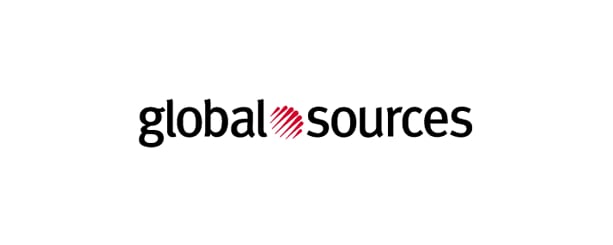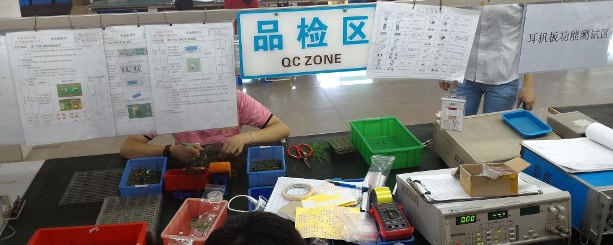
China has evolved into an increasingly sophisticated production hub. While MNCs in certain industries might consider other manufacturing bases, China (and Guangdong province in particular) has never been more attractive to e-commerce companies and hardware Startups. On the other end of the supply chain, Amazon.com and Shopify are making it easier and faster than ever to gain market access.
‘Who is an Industry outsider?’
In this ‘gold rush’, the doors are essentially open to anyone, including the industry outsider – a company or individuals without any previous experience in the industry. Think bankers going sportswear designers. The industry outsider is largely unaware of how ‘quality’ is defined for their product. Meanwhile, they tend to assume that the supplier is responsible for ensuring a certain, perhaps imaginary and undefined, quality standard. Continue reading Spec Sheets: Defining Quality As an Industry Outsider













